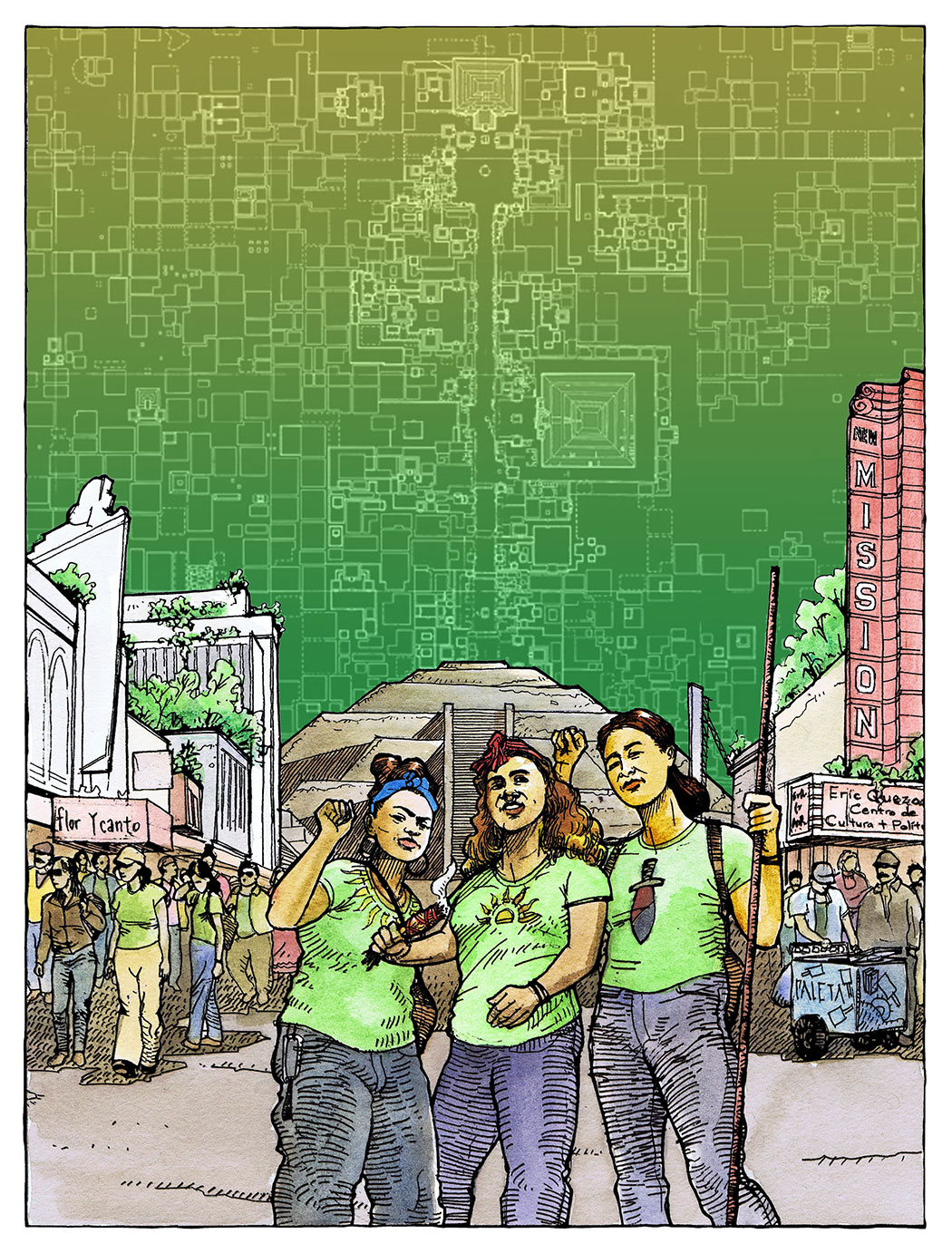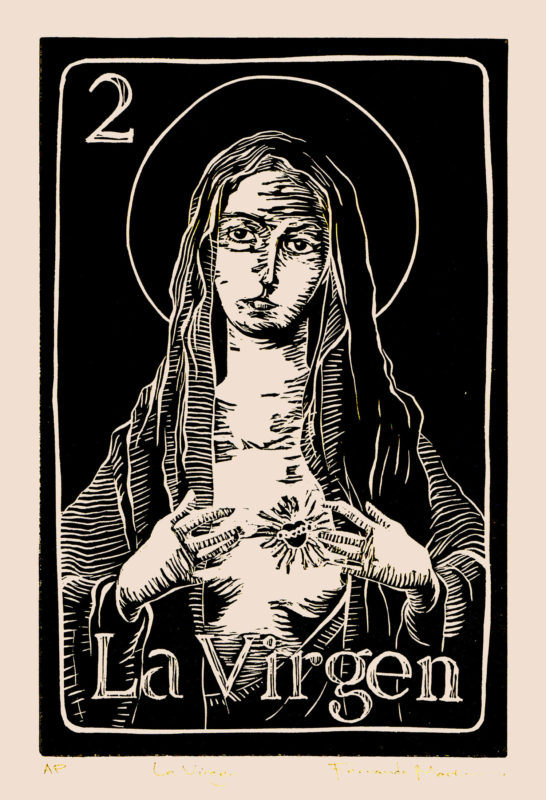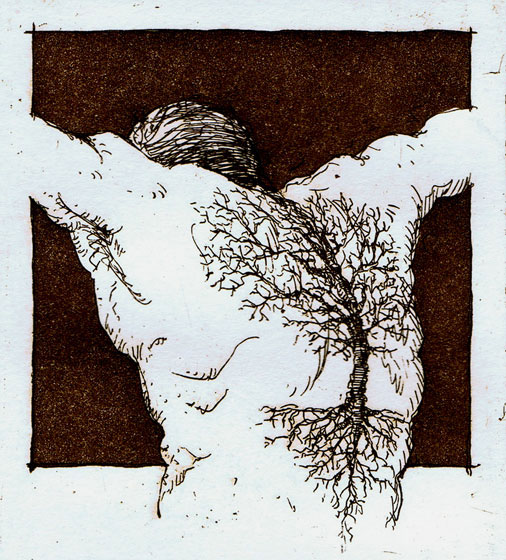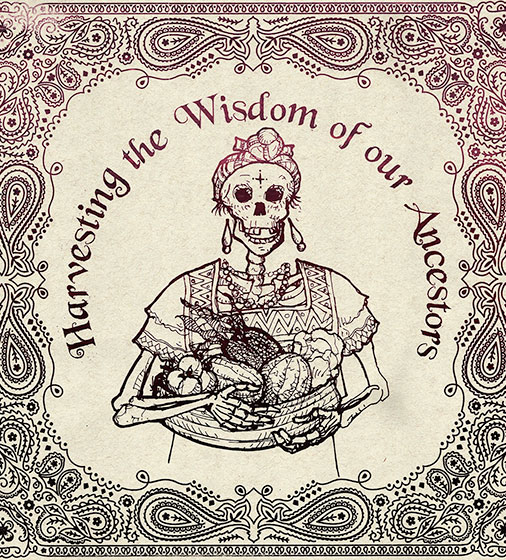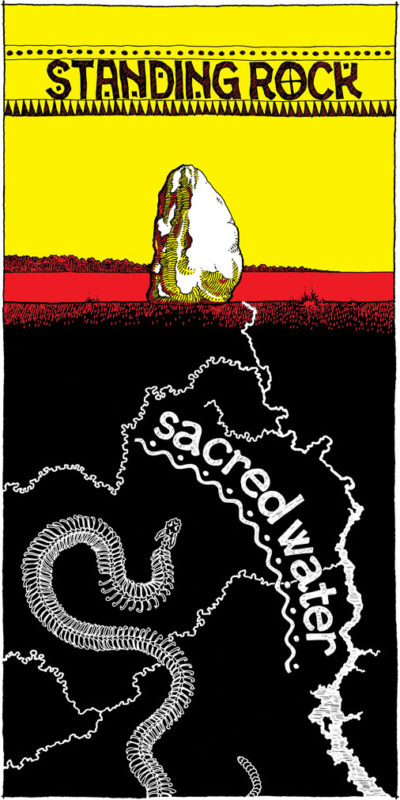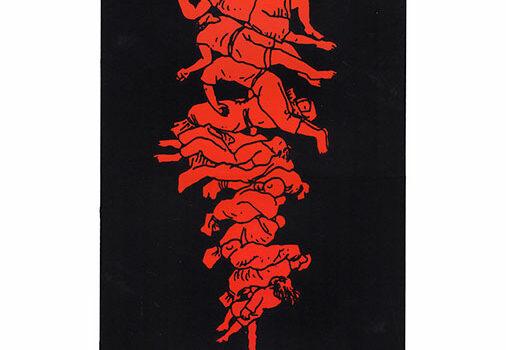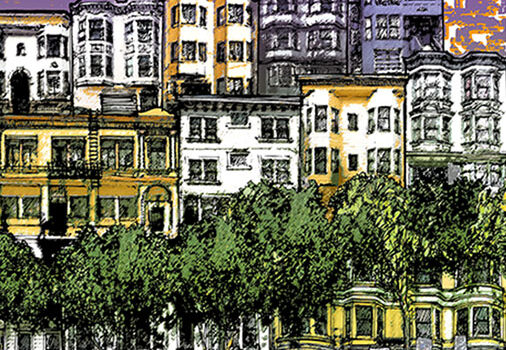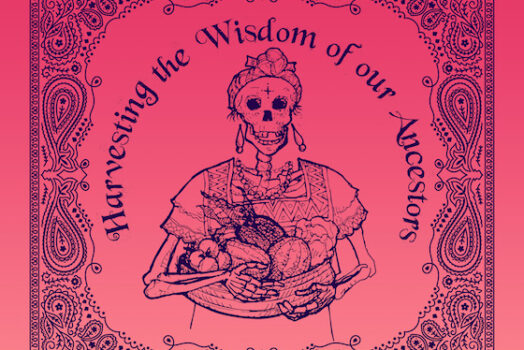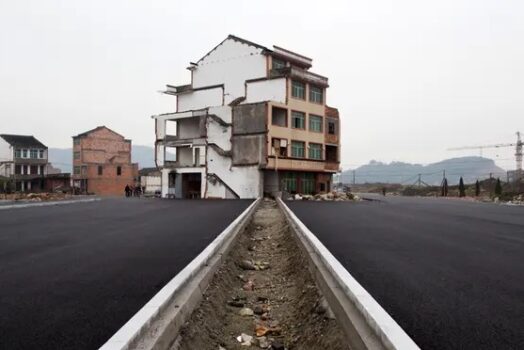Looking south down Mission Street one can imagine the journeys we travel back and forth from our homes in the south to our new homes in El Norte. And while Mission Street plays into the colonial legacy of the “Camino Real,” trade routes connecting native peoples from the southwest to Oregon existed long before the Spanish/Missionary conquest. Today the street is a site of low-rider cruises, rallies and protests, and continuing fights over gentrification, of trying to remake the street as a high-end luxury condo district. But in this imaginary, the ancient city of Teotihuacan traces its long lineage through to these streets created by colonialism and imperialism, reminding us that the future is not yet solidified, that our young people can still shape it. In the face of uncertain futures, it’s been inspiring to see how youth find their voice and their power through organizations like PODER. The streets are theirs. And it is vital that we see that ancestral spirit flowing through them. We are lucky to share both in their strength and optimism, and in the legacy of the knowledge we carry from ancient times. Jacqueline Gutierrez, who supports youth organizing at PODER, spoke of how she has always had strong and powerful young womxn coming from the community to guide how her classes run, watching them all step into their own power. I tried to convey that sense in the young womxn owning Mission Street. The sky is adapted from Rene Millon’s map of Teotihuacan’s Avenue of the Dead, with the Temple of the Moon at the top.
Futuros Fugaces was a way to explore themes and relationships that have concerned me for a long time: what it means to reclaim ancestral knowledge, how we re-imagine the future, and what this looks like in the particular of the Mission/Excelsior Latinx community I’ve worked with for the last 30 years. Thanks to the SF Arts Commission for funding my first Individual Artist Grant.
In imagining a Latinx futurism, the project took me in unexpected directions, beyond a more literal extrapolation of futurism, to a more mythical layering of Mesoamerican imagery as a way to connect past and future cosmic time. The emergent utopias of our communities of color will not be sterile or sanitized; they will contain hints of the dystopias we’re already living through, and they will contain the messiness and contradictions of our cultures, a collage of rasquachismo, rooted in a reclamation of ancestral traditions and collective memory to urban land struggles and queer ecologies. As I thought of a Latinx futurism, the cyclical nature of Mesoamerican time, cyclical, perhaps helical, expanding outward but always returning. Or perhaps it is a simultaneity of times, layered in parallel existences informing the present, accessible through ritual and ceremony. Mesoamerican time gave me a layering of myth and history and contemporary cultures and utopian visions. Utopia has to coexist with the present, accessible through our cultural practices and our arts, to inform our actions. Glimpses or shadows of that utopia found their way into these images.
The images were created in pencil, scanned to create the line drawing, then watercolored and scanned again, and additional colors and backgrounds applied digitally in Photoshop. They were printed as giclée digital fine art reproductions at East Bay Giclée in North Oakland.
